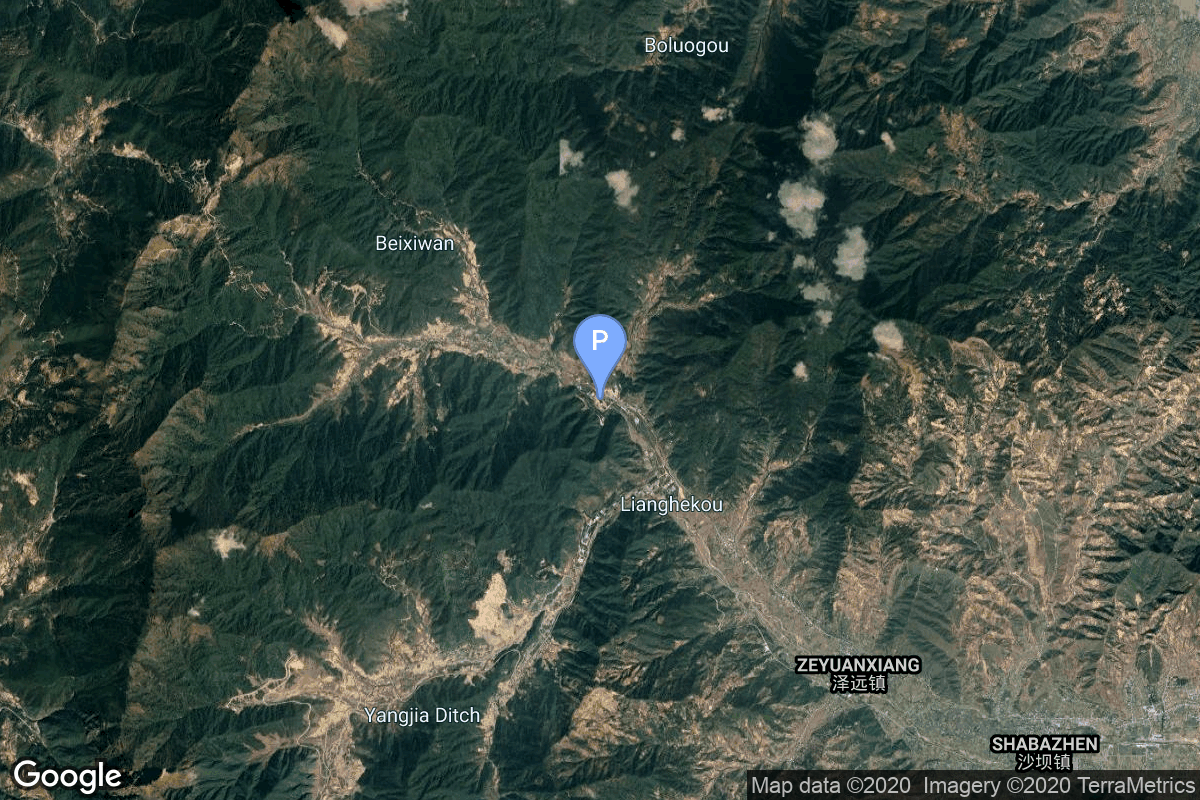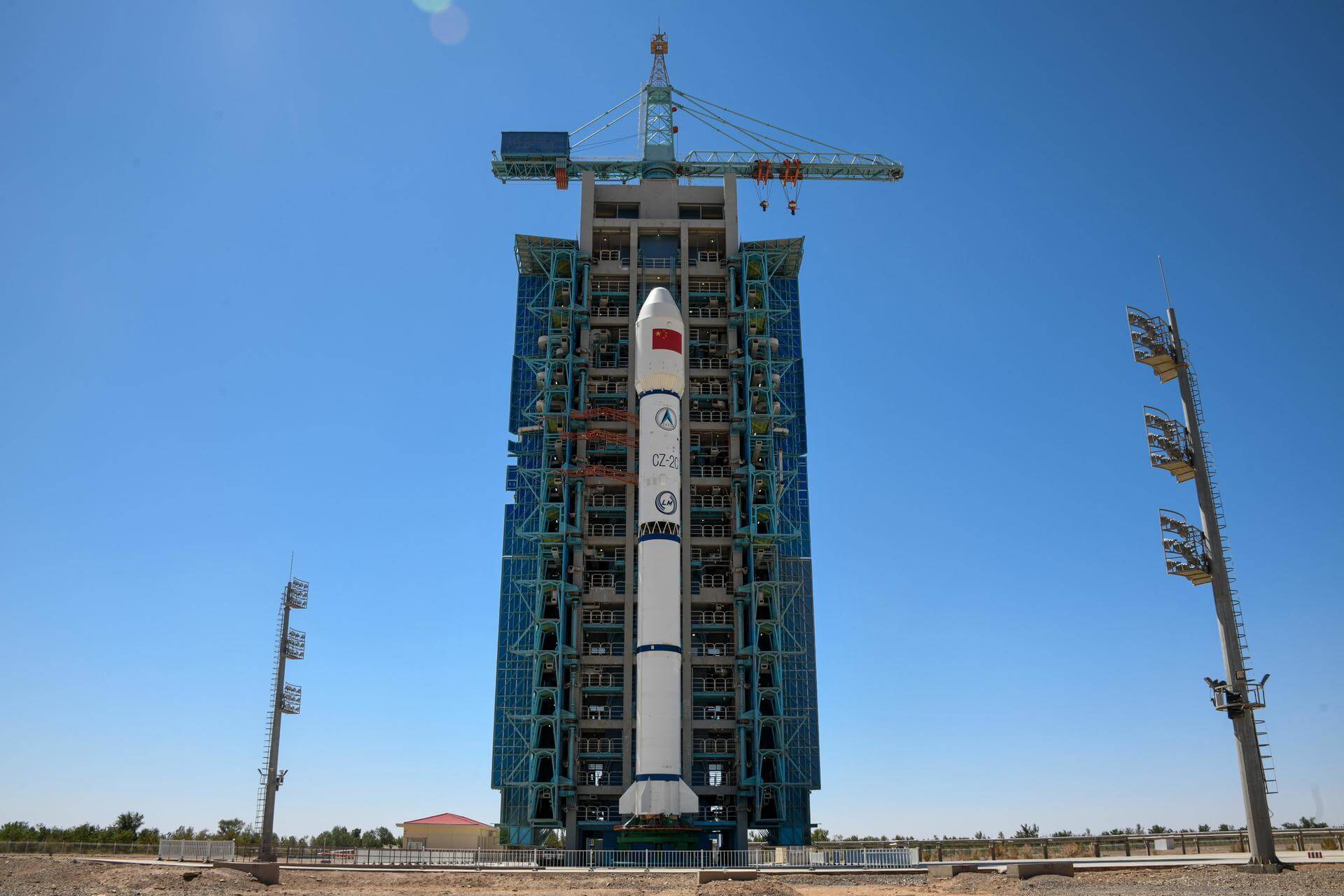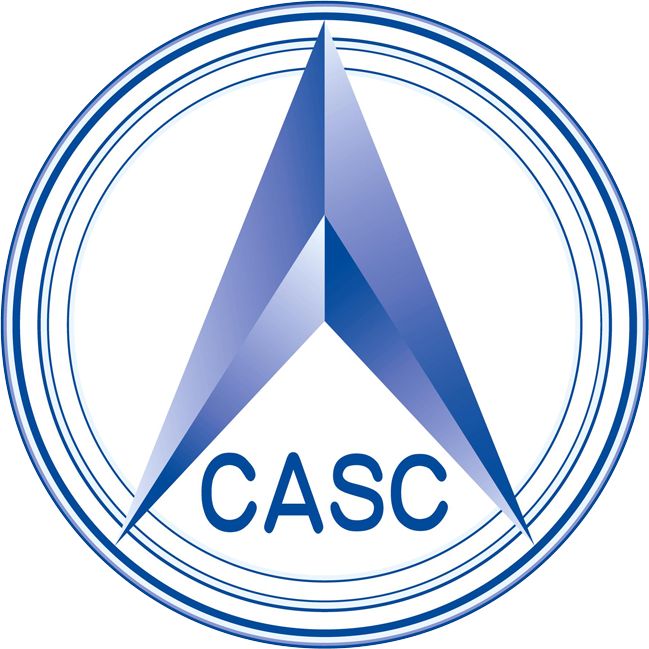Yaogan-30-06
Long March 2C
China Aerospace Science and Technology Corporation
Mission
Yaogan-30-06
- Type: Government/Top Secret
- Orbit: Low Earth Orbit
The Yaogan 30-01-01 to 30-01-03 (Remote Sensing Satellite-30-01-01 to 30-01-03) satellites, were launched by CZ-2C rocket from China’s Xichang space center on 29 September 2017. The purpose is not confirmed, although the news reports hint towards a SIGINT mission, especially to detect ships by their radio emissions. They are also known as CX 5 by the manufacturer.
The satellites are spaced by 120° in their orbit.
Location
Launch Complex 3 (LC-3/LA-1)
Xichang Satellite Launch Center, People’s Republic of China
Launch Complex 3 (LC-3/LA-1) has witnessed the launch of 89 rockets, including 89 orbital launch attempts, while Xichang Satellite Launch Center, People’s Republic of China, has been the site for 202 rocket launches.
Rocket
Agency
China Aerospace Science and Technology Corporation
The China Aerospace Science and Technology Corporation (CASC) is the main contractor for the Chinese space program. It is state-owned and has a number of subordinate entities which design, develop and manufacture a range of spacecraft, launch vehicles, strategic and tactical missile systems, and ground equipment. It was officially established in July 1999 as part of a Chinese government reform drive, having previously been one part of the former China Aerospace Corporation. Various incarnations of the program date back to 1956.


